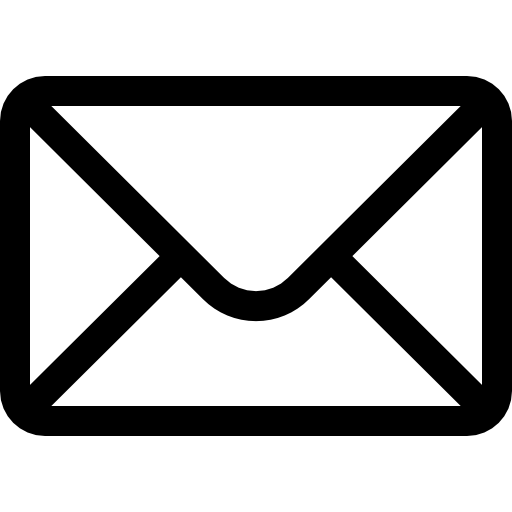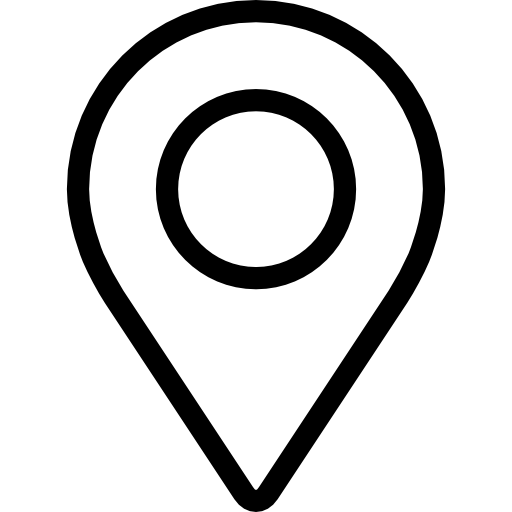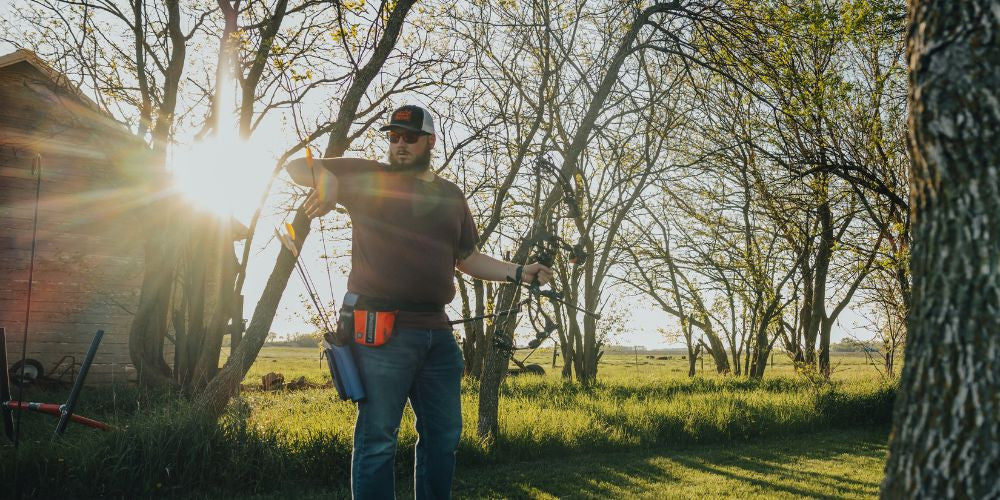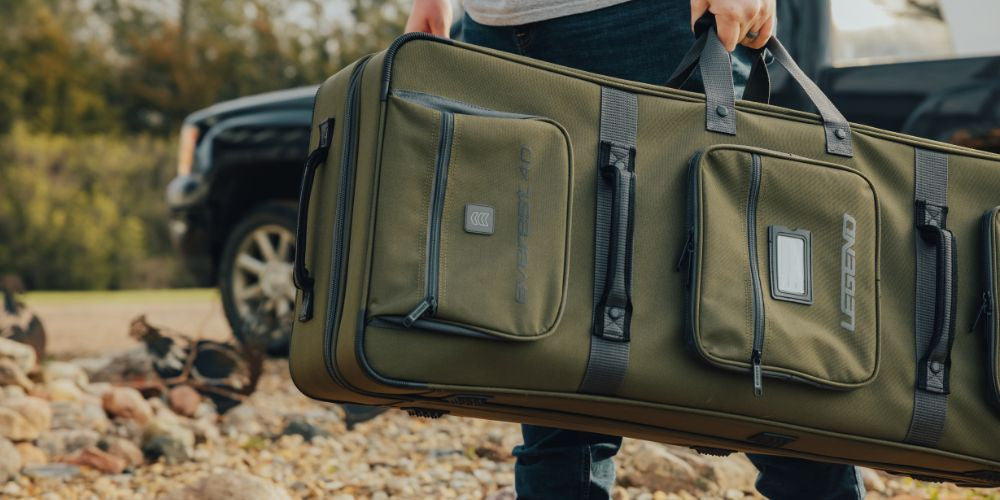As an archer or bowhunter, you know how important it is to be accurate to be able to hit the bull’s eye. If you are not able to do it well, you will not be able to reach your target.
1. Tuning
If a bow is out of tune, then there will be problems with its accuracy. There are two things to consider when tuning a bow: timing and center-shot alignment. Improving both of these factors will improve a bow's accuracy.
Timing is the rotation of your bow’s cams. Both cams need to rotate in the same way in order to reach full rotation (the back wall) at exactly the same time; otherwise, the back wall will not be solid, and there will be some play in the string. This is because the cam is out of sync and is completing its rotation after the other one. Usually, a few twists of a cable will bring the cams into sync. All two-cam and cam-and-a-half bows have timing marks that will let you know if your bow is properly timed. Those timing marks vary widely, so visit your local pro shop to find the marks on your bow. There are no timing issues with single-cam bows.
Once the bow is properly timed, you should shoot an arrow through a piece of paper placed in front of your bow. If the rest and nocking point are centered, you will see a bullet hole framed by the arrow’s fletching. If the hole is low, high, right, or left, then there are problems with the nock and/or rest placement. You should make adjustments until you can find a perfect center shot. If the arrow is leaving the bow at an angle, then there will be accuracy problems.
2. Form
The main cause of most accuracy problems is poor shooting form. Good form starts with a good stance. If the target is at 12 o’clock, then right-handed shooters need to stand so that they are facing 3 o’clock; left-handed shooters would face 9 o’clock. You should then extend the bow arm and make a V with the forefinger and thumb. The bow should be in the middle of that V. In that position, the knuckles on the bow hand should extend away from the riser at a downward angle. If the hand position is correct, then all of the released energy should head towards the target.
You should then clip the release to the bowstring and draw back to the anchor point. Be sure to keep your drawing elbow up high when you reach full draw so that it is parallel with the ground. You should then set off your release by moving your shoulder blades together. As the arrow is released, keep your drawing arm moving away from the string. You need to let the bow fall forward in your hand while you keep your arm up. This form should be practiced until it becomes second nature.
3. Gear
Sights and stabilizers affect the archer's overall accuracy. Your aim will be better if the sight pin is farther away from the eye. In other words, think about the difference between covering the bull’s-eye with the pin and placing the pin in different spots within the bull’s-eye. You can get the sight pin farther from the eye by choosing a sight that has a longer bar. In addition, You can shrink your sight pin by selecting a smaller one.
The stabilizer adds weight to the bottom of the bow so that it stays vertical when shooting. The best stabilizer is a long one with most of its mass at the end away from the riser. An ideal stabilizer is usually somewhere around 12 inches long with 6 to 10 ounces of weight at its end.
 cust@legendarchery.com
cust@legendarchery.com 302 503 5767
302 503 5767 Sauk Village IL 60411
Sauk Village IL 60411

